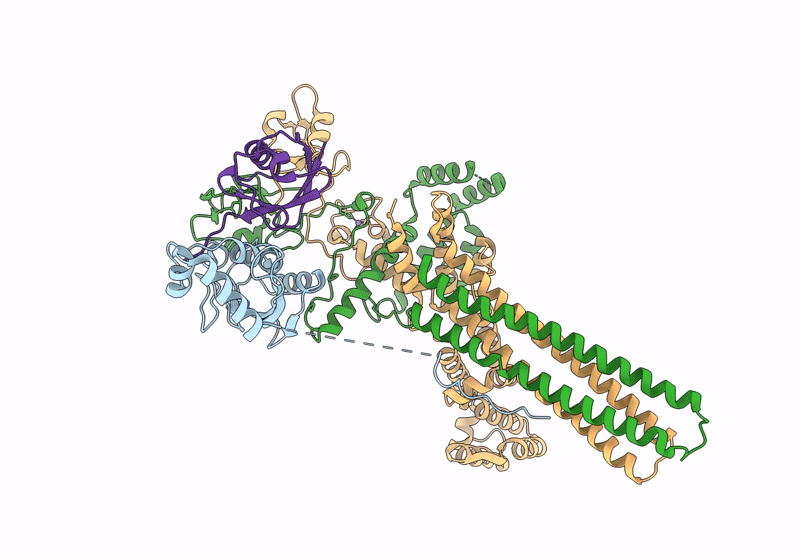
Deposition Date
2023-06-23
Release Date
2024-01-03
Last Version Date
2025-07-09
Entry Detail
PDB ID:
8PJN
Keywords:
Title:
Catalytic module of human CTLH E3 ligase bound to multiphosphorylated UBE2H~ubiquitin
Biological Source:
Source Organism:
Homo sapiens (Taxon ID: 9606)
Host Organism:
Method Details:
Experimental Method:
Resolution:
3.40 Å
Aggregation State:
PARTICLE
Reconstruction Method:
SINGLE PARTICLE


